PROTECT YOUR DNA WITH QUANTUM TECHNOLOGY
Orgo-Life the new way to the future Advertising by Adpathway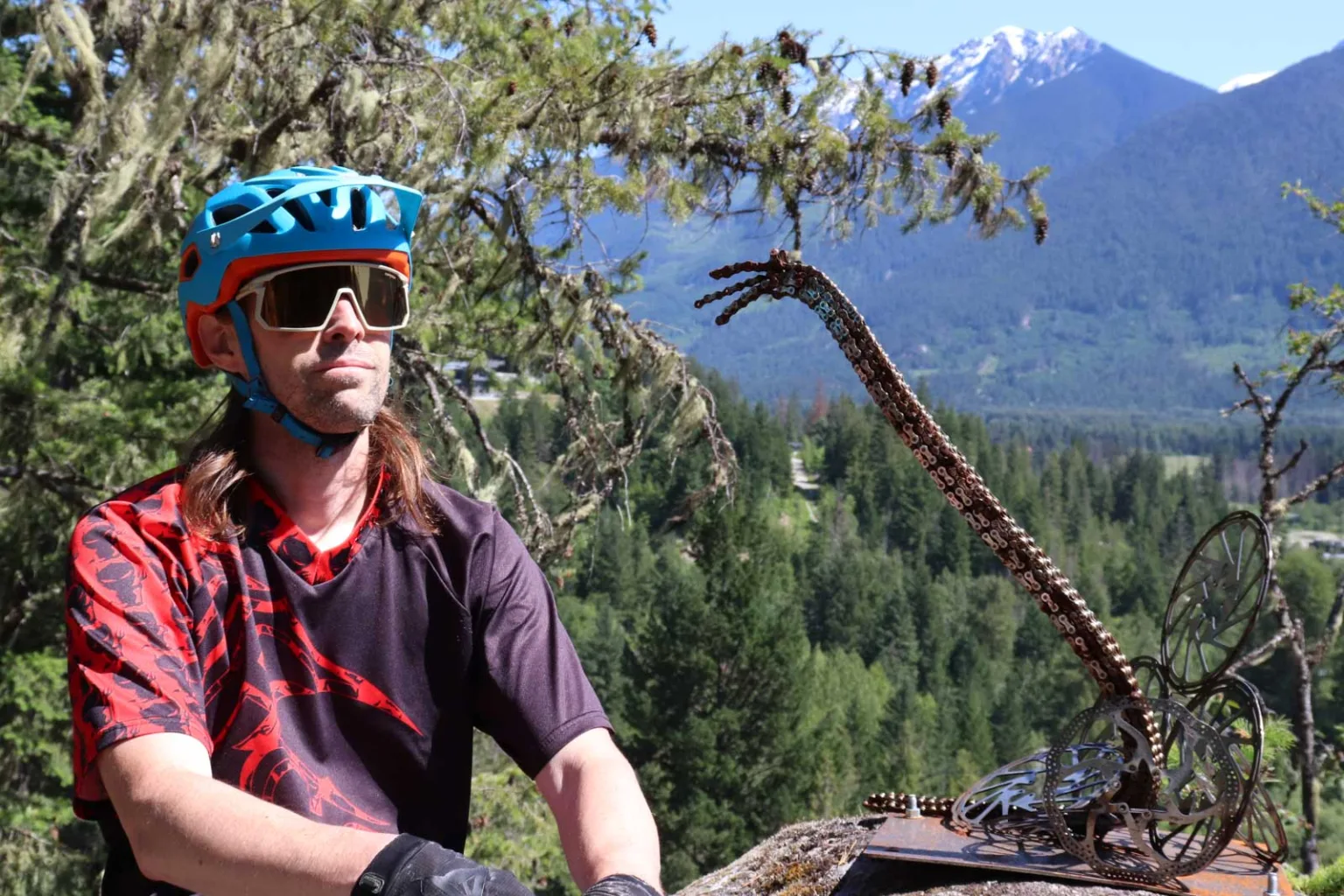
As a product reviewer, I often test high-end bikes and riding gear, but it’s nice to try products that are more accessible price-wise too. Not everyone can dump big bucks into cycling, so I respect brands like Tifosi that strive to offer good value and proper performance. For just $80-90, Tifosi’s Moab sunglasses are built with high-quality materials and come with three shatterproof lenses.
I was curious if I could detect any lesser functionality from the Moab sunglasses versus several far more expensive pairs in my closet. Ultimately, I came away impressed with the Moabs. All three lenses resisted fogging very well, the glasses stayed in position while riding, and their huge lenses provided an excellent field of view. Do you really have to pay over $200 for a decent pair of riding eyewear? Apparently not! Also, check out Tifosi’s new Moab Lite sunglasses featured at the end of this article.
Tifosi Moab Sunglasses:
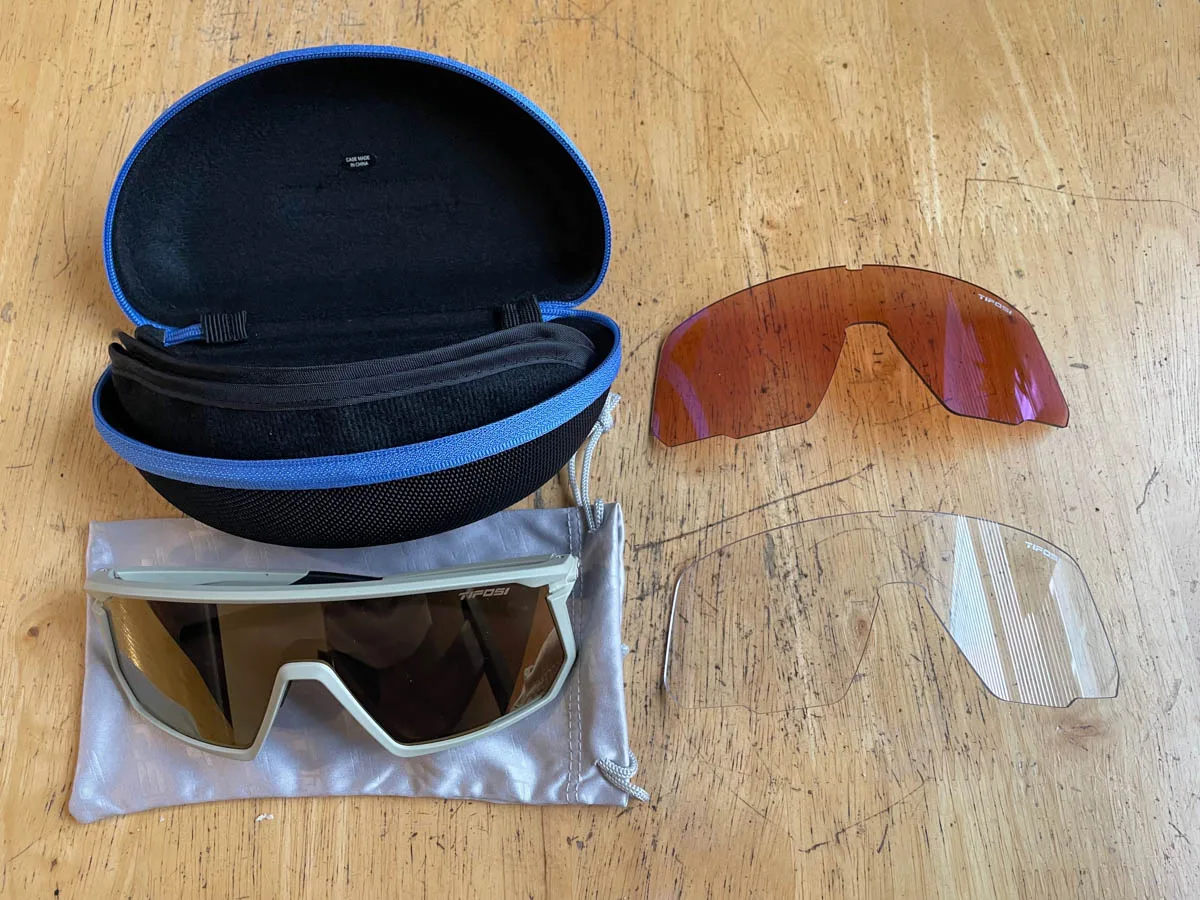
The Moab sunglasses are made from the same materials used by many other high-end eyewear companies. The frames are constructed from Grilamid TR-90 Nylon, with hydrophilic rubber grippers on the arms and nose piece. The polycarbonate lenses are shatterproof and scratch-resistant, and offer UVA/UVB protection. They’re also optically decentered to minimize visual distortion.
The Moab sunglasses come with a rigid carrying case (with a divider for the extra lenses), a soft microfiber bag, and three lenses. Tifosi covers all the bases by including a shaded lens, a low-light lens, and a clear lens. Changing the lenses is easy, but tricky to do without getting your fingers all over them. Good thing you get a soft bag to clean them up.

The Moabs weighed in at 34g. They’re not the lightest pair of sunglasses I have, but that’s certainly not too heavy given their full-frame design and larger fit.
Tifosi covers the Moab sunglasses with a lifetime warranty against manufacturing defects.
Fit/Comfort:
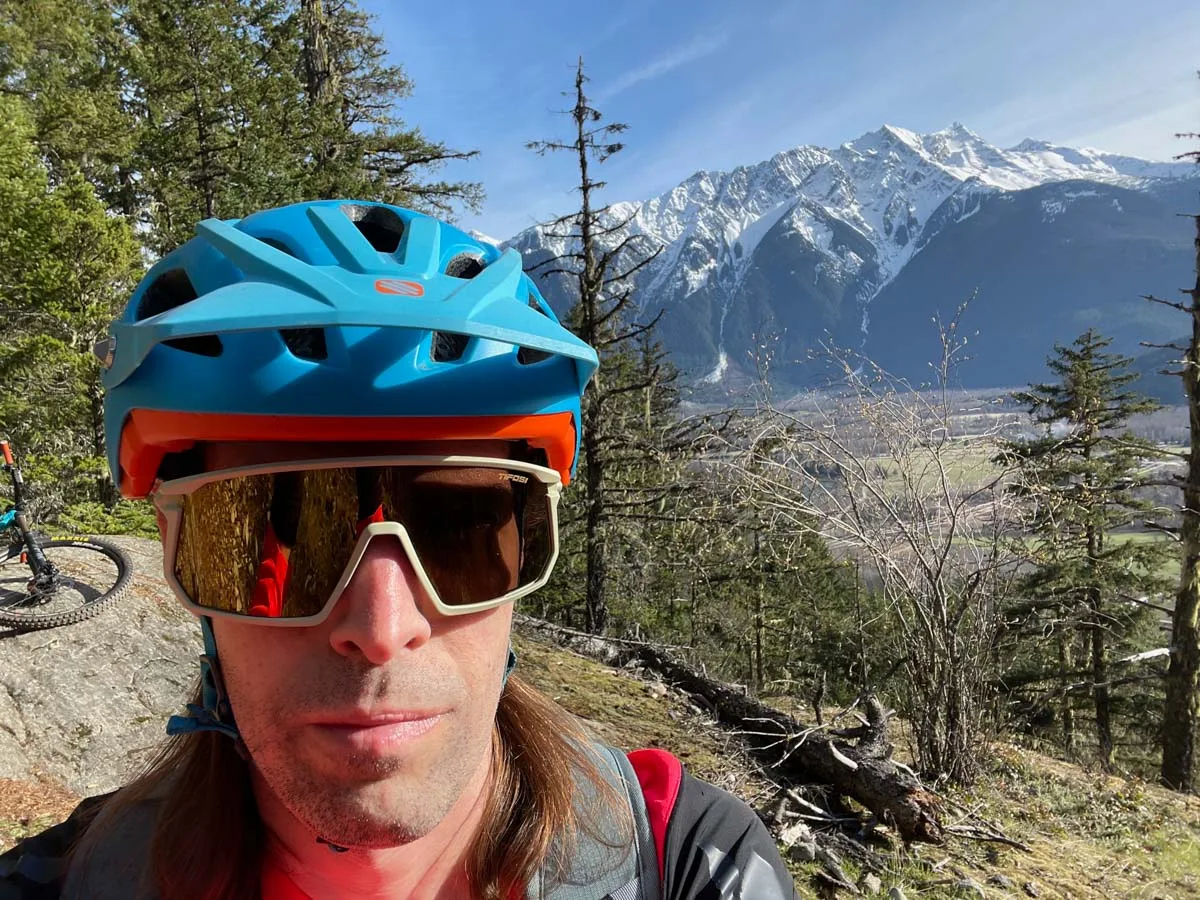
The Moabs definitely fit large on my head, but with a helmet on, they don’t look out of place. Without a lid, they look huge, so for that reason only, I personally wouldn’t wear these casually. I should note that I have a fairly small, narrow head (56cm) and a shallower skull. The Moab’s lenses measure 138mm wide and 56mm tall. The arms are 126.5mm long, and the nose bridge is 15mm wide.
As for helmet compatibility, I had to stick with two of my shallower fitting lids while riding the Moabs. The top of the frame sits too high for some of my helmets, but my Rudy Project Protera and Abus MoDrop left enough room on my forehead for them.
Aside from feeling a bit of inward pressure from the arms after my first ride, I had no comfort issues at all with the Moabs. I didn’t even have to fiddle with the adjustable nose pieces to get a proper fit.
On-Trail Impressions:
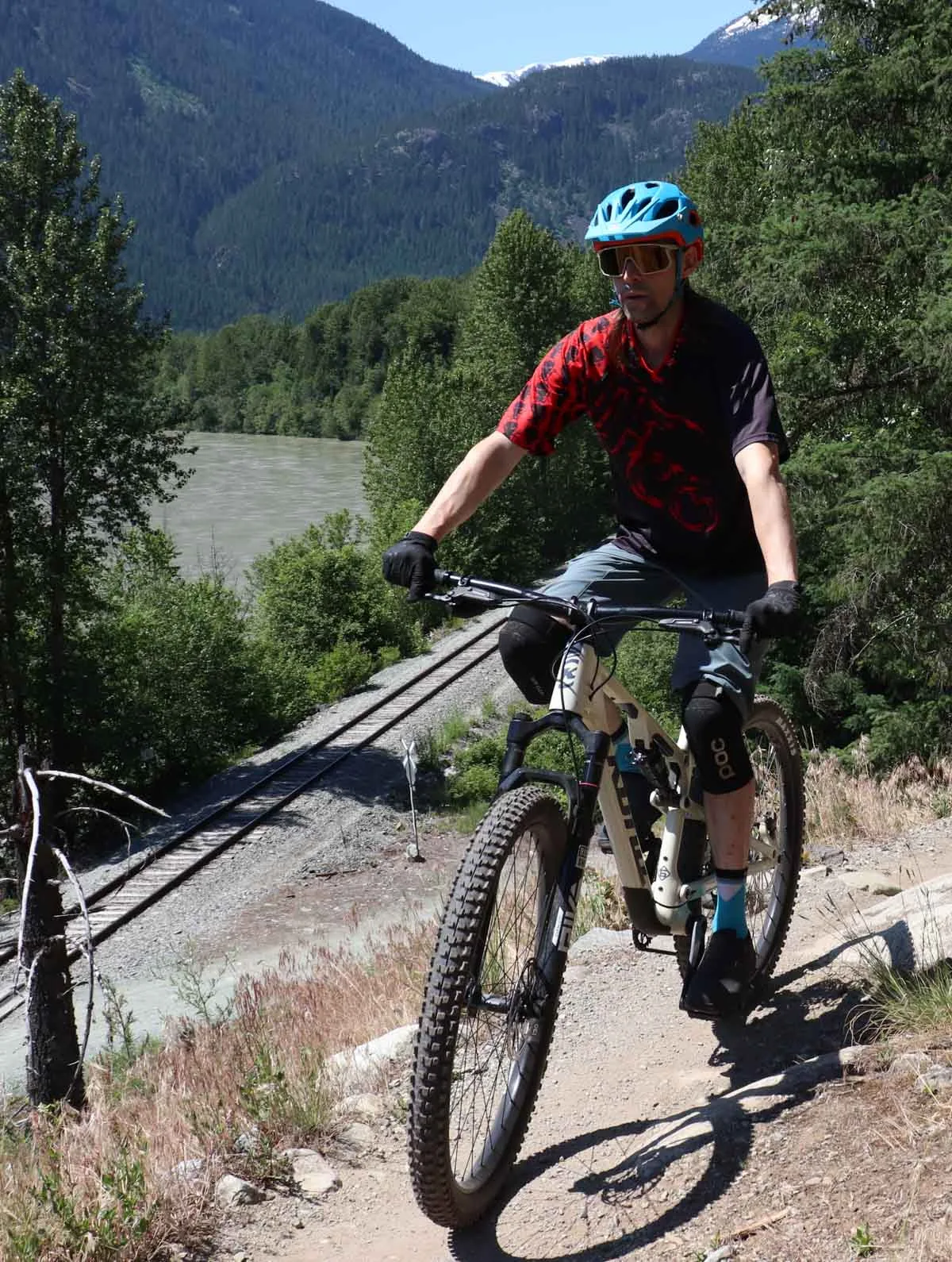
The Moab’s larger frames provide a very good field of view. The top of the frames is out of sight, and the sides and bottoms are only noticeable if you’re looking for them. There’s nothing distracting about the nose bridge, so looking normally through the glasses, it’s easy to forget about the frames.
Those big lenses also afford great eye protection, but just once, I did manage to splatter some mud on the inside of my lens. The Moab’s wide frames don’t hug my cheeks closely, so there is some open space at the sides. From the front, protection from wind, mud, and rain is excellent.
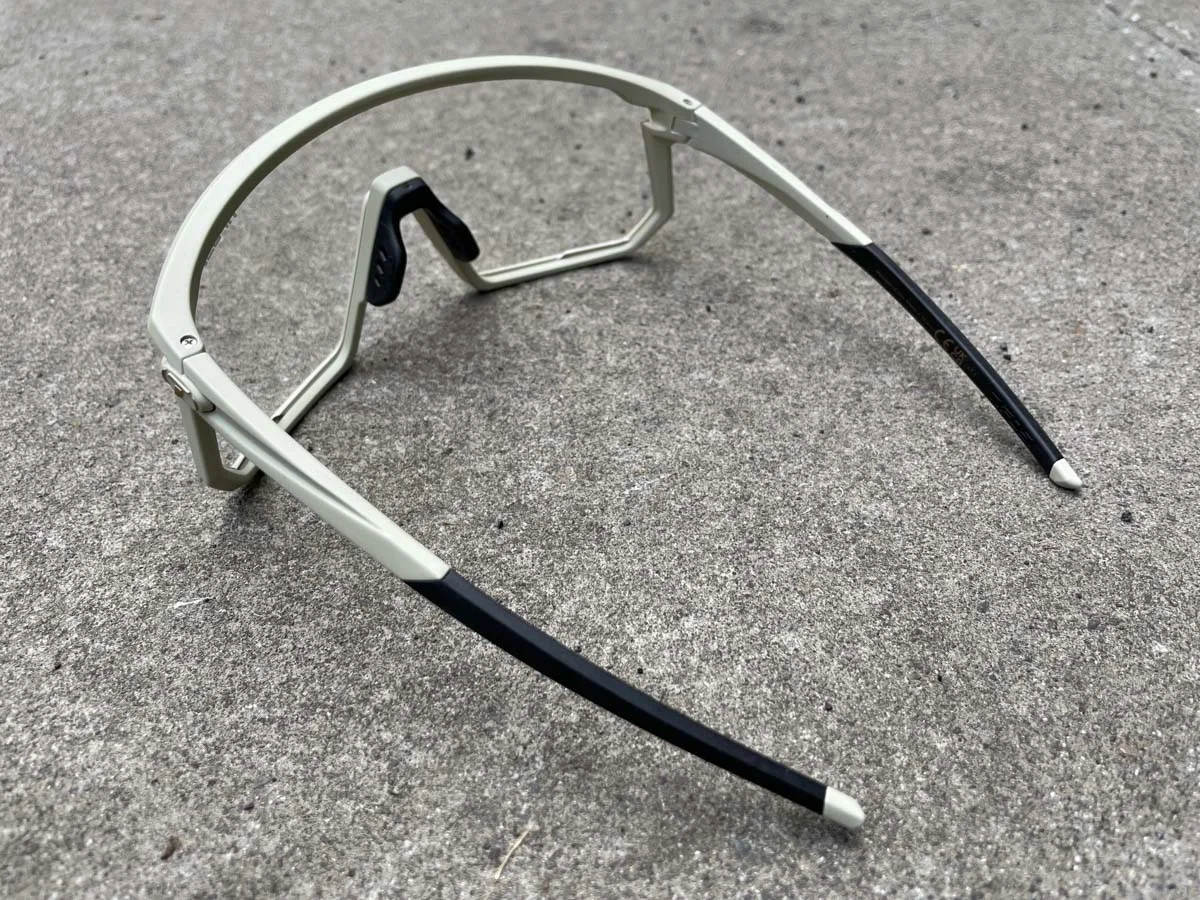
I had no issues at all with the Moabs slipping downwards or out of position while I rode. The nose piece and arm inserts did their job perfectly. Once the Moabs were on, they stayed put through all my trail smashing! As shown above, the Moabs are not ultra-light, but during my rides, I never thought they felt heavy.
Before describing the different lenses below, I’ll quickly mention that I didn’t notice any obvious visual distortion from any of them, and all three offered excellent clarity. I haven’t scratched any of the three lenses either.
Lenses – Shaded lens:
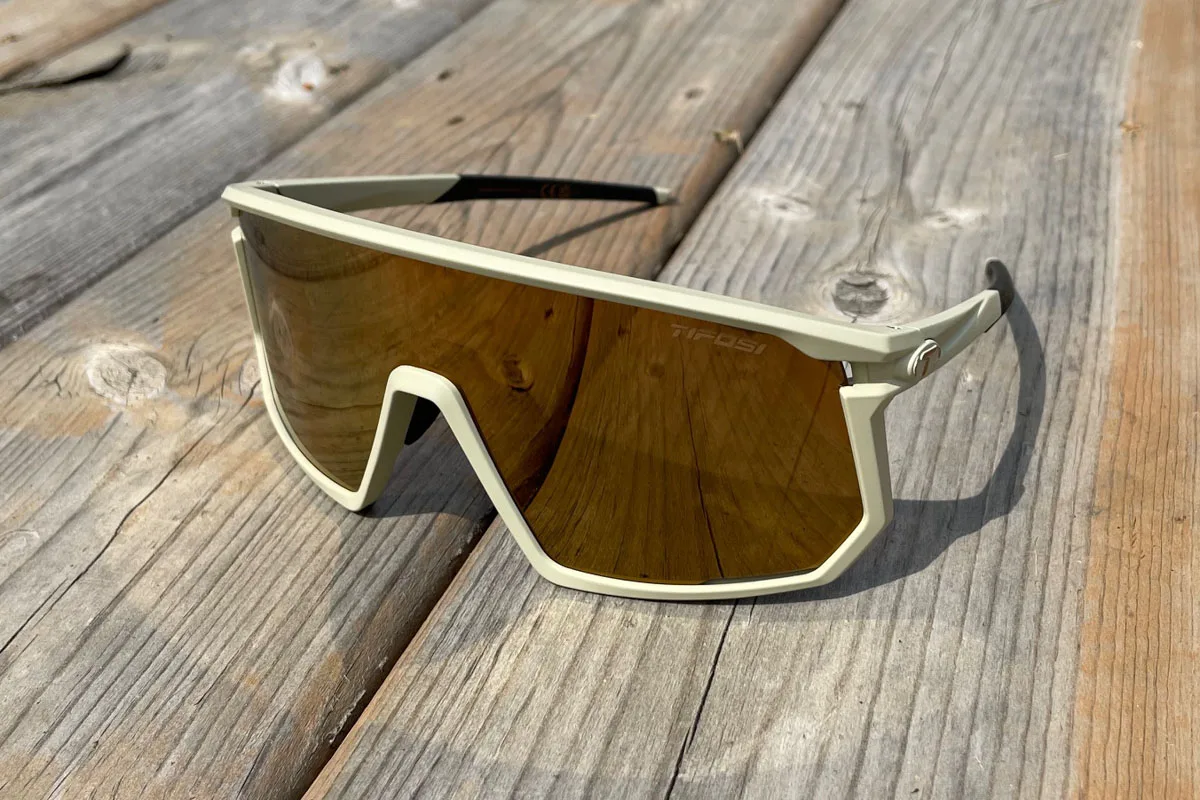
The Moab’s shaded lens is great in exposed, sunny areas. It’s dark enough to comfortably shade your eyes from full, exposed sunshine, but not excessively dark. In shady areas of the woods, this lens does get pretty dim, but it’s not intolerable for short sections. I didn’t feel the need to remove them throughout a climb and descent, despite most of that lap being in partial shade/spotty light. Ultimately, this lens is ideal for rides that will be mostly exposed to the sun. I experienced no fogging on the shaded lens at all, through all my spring and summer rides.
Clear Lens:

Since the clear lens often comes out on damp and/or humid days, I did manage to partially fog it up a few times. After 20 minutes of climbing, I got a bit of fogging while moving at very slow speeds. However, the lens cleared up within about two minutes. I should note the glasses were sitting right up against my forehead, on a humid day, so this was a tough test.
A few more times, I got some minor fogging during climbs, but mostly from my breath getting up inside them, and always at slow climbing speeds or while stopped. Nudging the Moabs down my nose helped a bit while moving, but didn’t prevent all the fogging. I never had a large enough portion of the lens get covered by condensation that I had to stop riding and wipe it off.
I took another ride on a humid, rainy day, and I decided to keep the glasses off for the climb. Wearing them for the descent and my pedal home, I had no issues at all with condensation. Throughout all my rides, moving at anything more than climbing speed was always enough to clear the lens quickly and keep it fog-free.
Low Light Lens:

This spring brought me a few days that were ideal for testing the Moab’s low-light lens. Despite having this lens out in damp and misty conditions, I only produced a tiny bit of light fogging around the forehead while hanging out after 25 minutes of climbing. Within seconds of riding, the fog cleared, and that was the worst I can report!
The color-tuning of the low-light lens definitely highlights green hues and makes them appear brighter. Parts of the forest, like ferns, bushes, or low ground-covering plants, get highlighted nicely. The lens enhances brown hues as well, so the trail itself appears slightly brighter.
Overall, the low-light lens makes dimly lit areas appear a bit brighter with a slightly yellowish hue, which is noticeable but not overtly obvious. This lens helps your eyes define objects in the dimly lit forest.

MSRP is $79.95 for the Moab Interchange models, which include three lenses and are available in six frame color choices (including the Sahara color I tested).
There are four more frame colors for models equipped with Fototec photochromic lenses, which sell for $89.95. These models come with the Fototec lens only.
NEW! Tifosi Moab Lite:
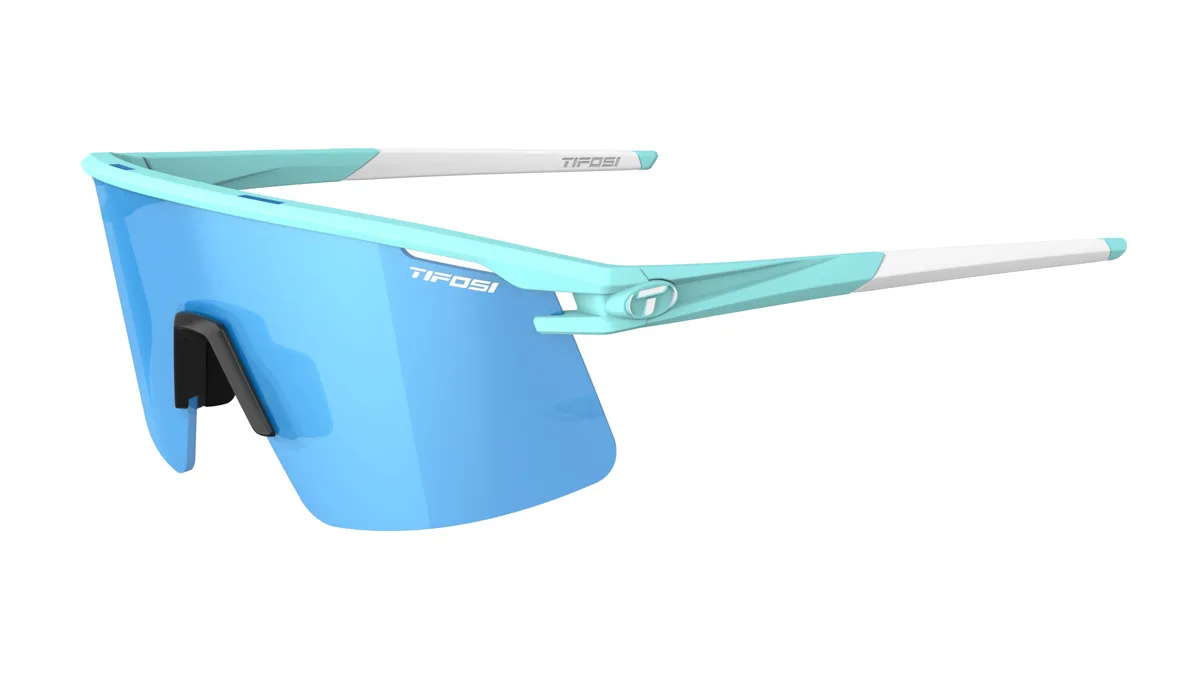 Photo c. Tifosi Optics
Photo c. Tifosi OpticsWhile I was testing my Moabs, Tifosi announced a new version called the Moab Lite. Designed as a trimmed-down alternative to the Moabs, the Lite model still delivers a large shield-style lens but on a leaner, half-rim frame.
The Moab Lites feature a Grilamid TR-90 frame, hydrophilic rubber arms and nose piece inserts, plus shatterproof and scratch-resistant polycarbonate lenses. The lenses measure a few mm smaller in width and height vs. the Moab’s, but the Moab Lite still offers a medium-large fit. Weight is listed at 27g.
 Photo c. Tifosi Optics
Photo c. Tifosi OpticsThe Moab Lites are available with either Fototec photochromic lenses or three Interchange lenses. There are seven different frame color/lens combinations to choose from. A hard case and a soft bag are included with each pair. MSRP is $79.95 – $89.95.
The post Tifosi’s Moab Sunglasses: High Performance and Three Lenses For a Great Price appeared first on Bikerumor.


 1 week ago
2
1 week ago
2

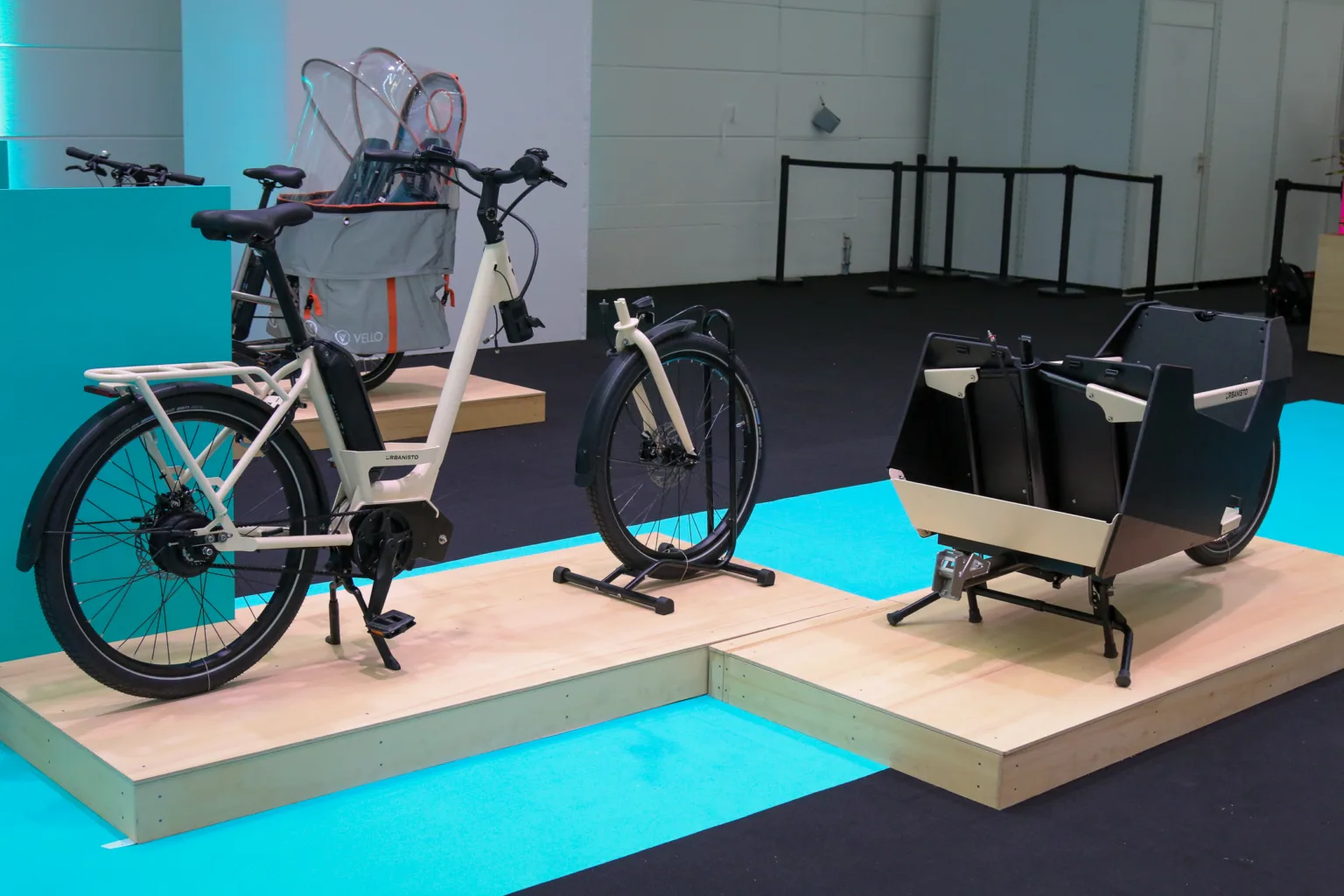
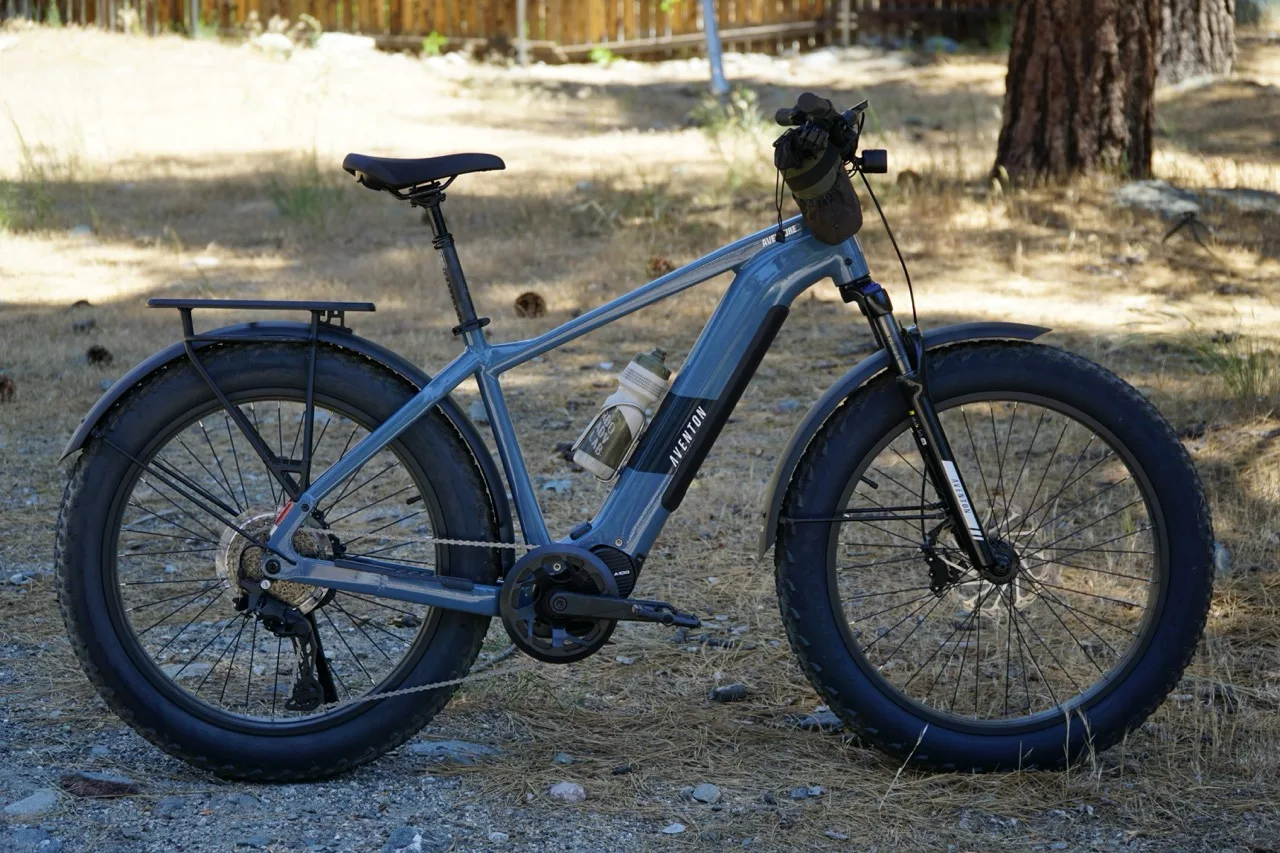
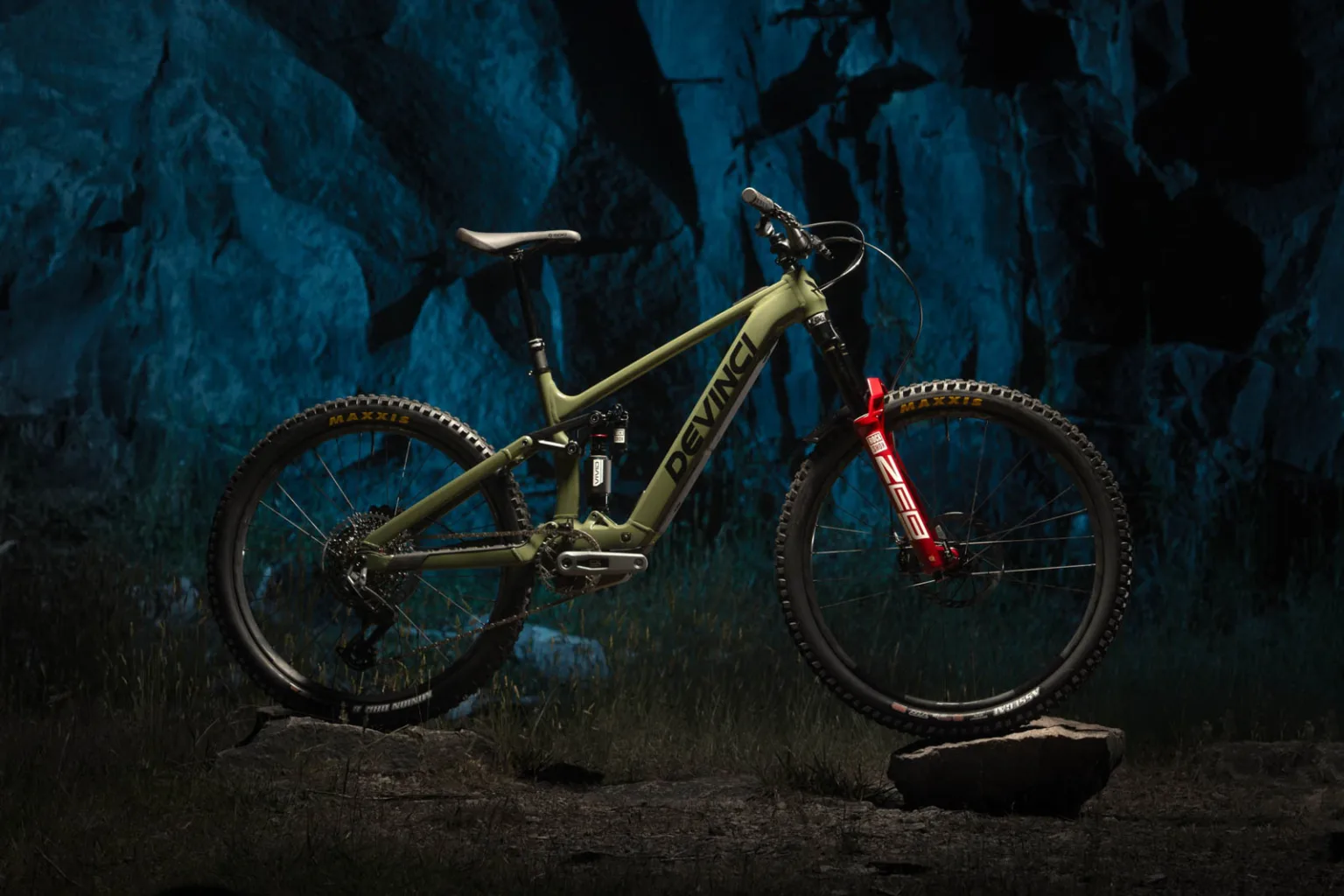
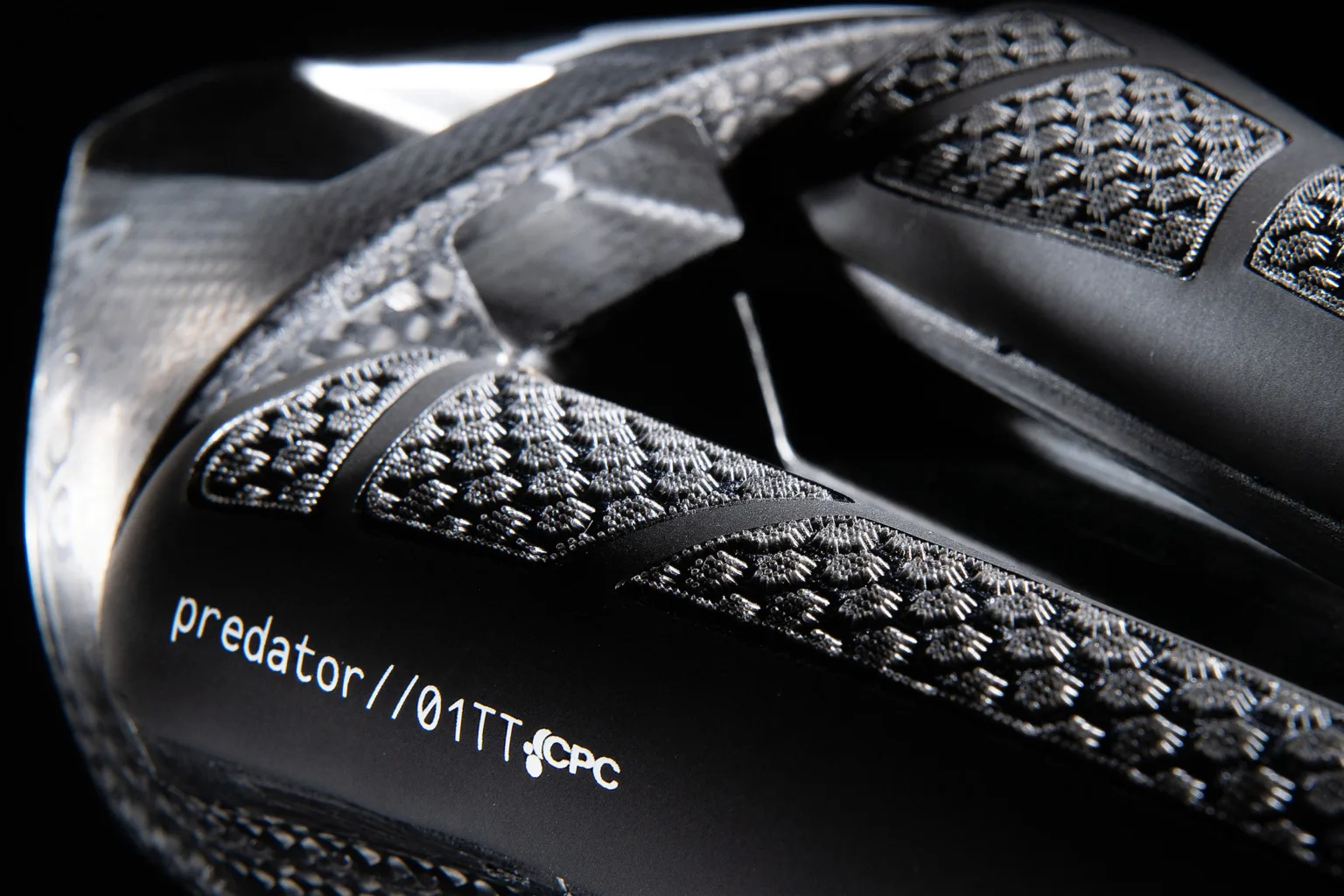
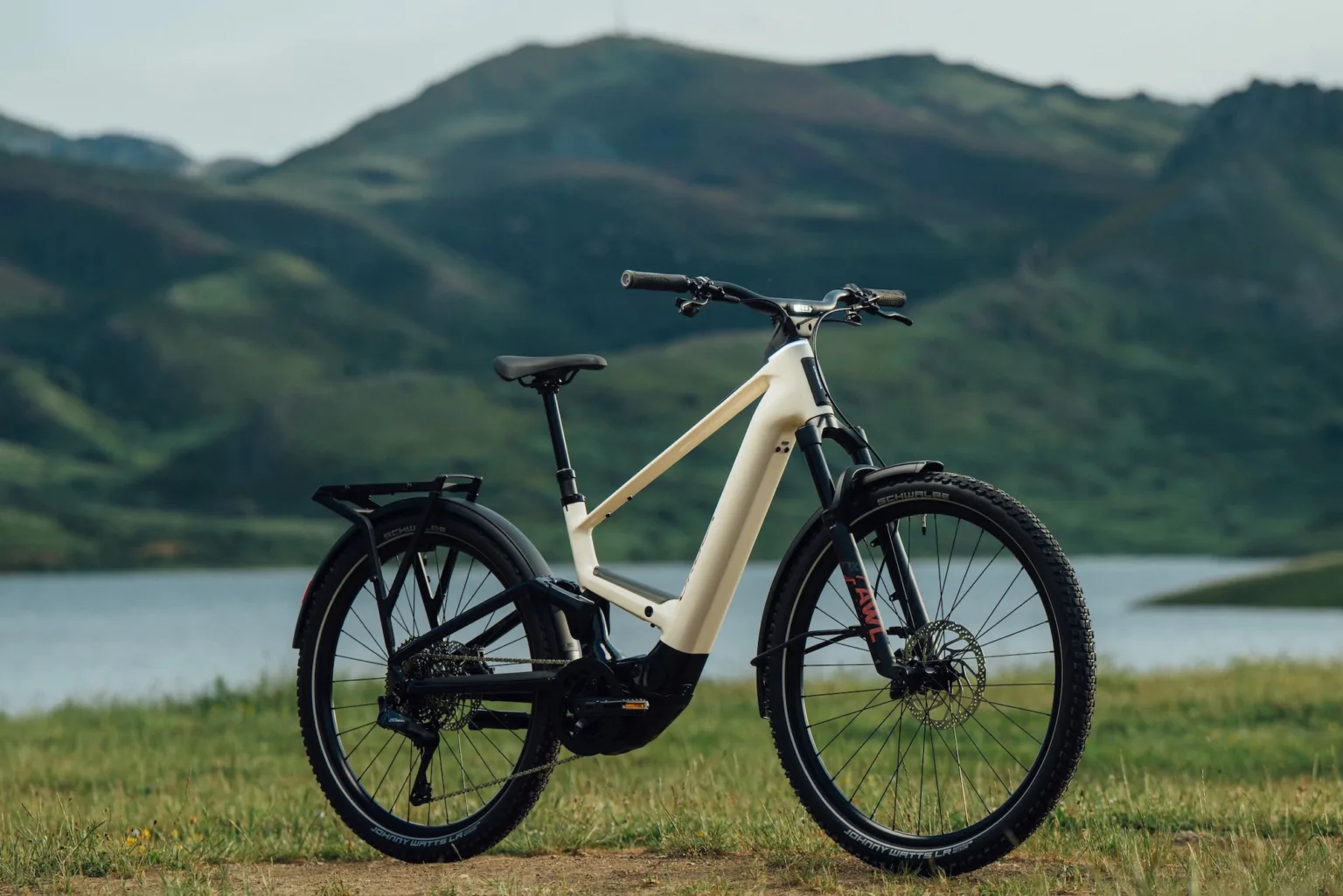
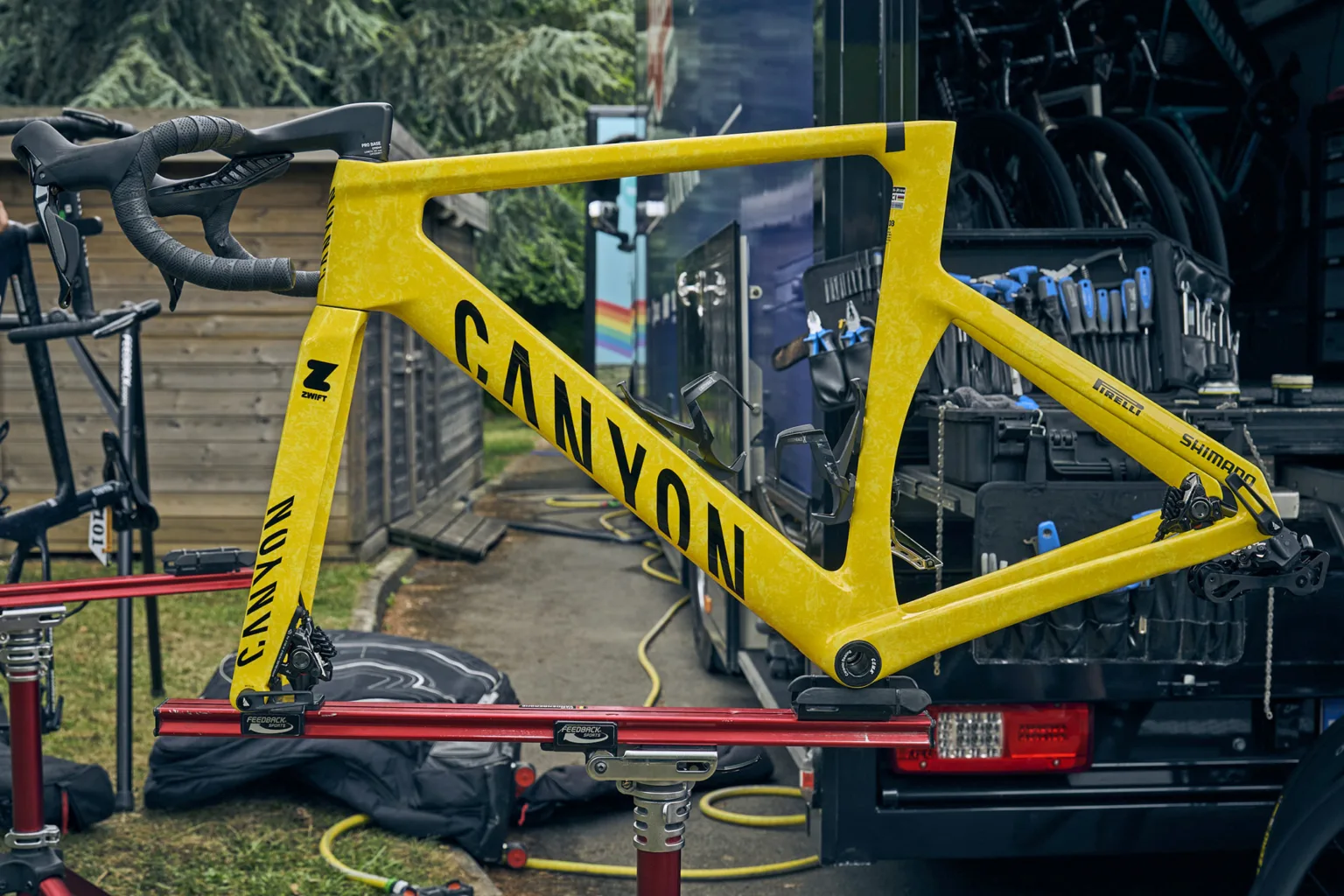


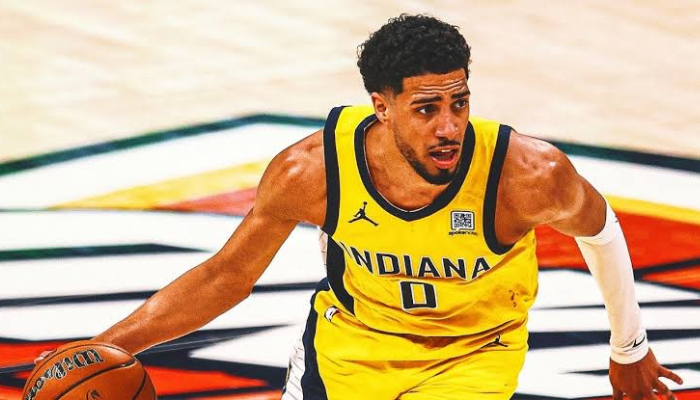



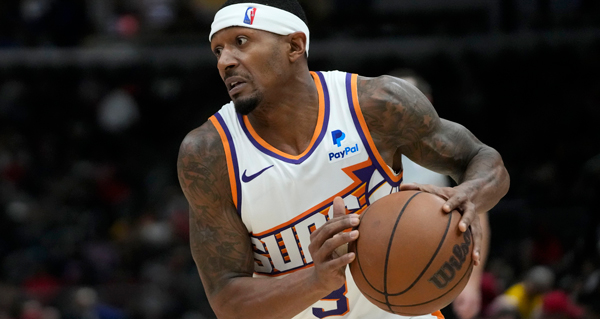

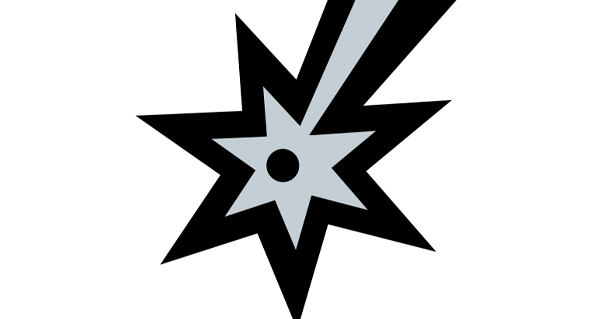

 English (US) ·
English (US) ·  French (CA) ·
French (CA) ·